Introduction
CSE 849: Deep Learning
Vishnu Boddeti
Class Info
- Instructor: Vishnu Boddeti
- Class: MW 12:40pm - 2:00pm
- Location: EGR 2245
- Office Hours: MW 2:00pm - 3:00pm

Administrative Stuff
Pre-Requisites
- Linear Algebra
- Calculus
- Probability and Statistics
- Fundamentals of Machine Learning
- Programming Experience in Python
Websites
- Course Schedule and Lecture Slides
- Use Piazza
- questions, discussions, announcements
- Use GitHub Classroom
- homework submissions and evaluation
Communication
- All communication through Piazza
- Do NOT send emails to instructor
- HW/Exam submitted via email will NOT be graded
- Install Piazza App on phone, tablet, etc.
- Turn-on notification for Piazza
- Your responsibility to check Piazza regularly
- You can post privately. Use only if necessary.
Piazza Etiquette
- Before asking a question, first check to see if it has already been answered.
- Ask a specific, concrete question.
- See StackOverflow guide on asking good questions.
- Do not expect an answer within 30 minutes of posting.
- Monday to Friday, 9am to 5pm EST will try to answer within 2 hours.
- Other times, will try to answer within 12 hours.
Computational Resources
- GitHub Codespaces
- Should be your first choice. You will see this option when you open the homework.
- MSU HPCC
- 4hr time limit on jobs
- Google Colab
- 12hr time limit on jobs
- GPU/TPU
- Personal/Lab Computers
Assignments
- Written Homeworks
- Short homeworks, 2-4 questions
- Couple of hours worth of work
- Programming Assignments
- a lot of programming
- hours and hours of programming
- days and days of debugging
Course Project
- Teams of 1 to 3 members each (3 max).
- An intermediate report is required.
- Project presentation at the end of the semester.
- Deliverable: code and any notebooks that walks through your implementation and main results.
- Will provide project suggestions, pick one from it. If you want to work on your own project, contact instructor.
- More details will be provided later.
Collaboration Policy
- Do not look at any external solutions or code. Everything you submit should be your own work.
- Do not share solutions to any other students. Discussing ideas with each other is ok and encouraged.
- If you worked with someone, mention their name in your submission.
Grading (Current Plan)
- One Written Homework: 25%
- One Programming Homework: 25%
- Mid-Term Exam: 25%
- Course Project: 25%
- Three Written Homeworks: not graded, optional
- Three Programming Homeworks: not graded, optional
Assignments and Grading
- Generous grading policy (grad school)
- Getting an A vs mastering the material
- Build your CV
- Take advantage of extra credit
Late Days
- 10% reduction of points per late day.
- 3 free late days total (not per assignment)
Book (Optional)
Machine Learning and Neural Networks
What is Machine Learning?
- For many problems, programing desired behavior by hand is difficult
- recognizing people and objects
- understanding human speech from audio files
- Machine learning approach: program an algorithm to automatically learn from data, or from experience
- Some reasons you might want to use a learning algorithm:
- hard to code up a solution by hand (e.g. vision, NLP)
- system needs to adapt to a changing environment (e.g. spam detection)
- want the system to perform better than the human programmers
- privacy/fairness (e.g. ranking search results)
Types of Machine Learning?
- Supervised Learning: have labeled examples of the correct behavior, i.e. ground truth input/output response
- Unsupervised Learning: no labeled examples – instead, looking for interesting patterns in the data
- Reinforcement Learning: earning system receives a reward signal, tries to learn to maximize the reward signal
What are Neural Networks?
- Most of the biological details aren’t essential, so we use vastly simplified models of neurons.
- While neural nets originally drew inspiration from the brain, nowadays we mostly think about math, statistics, etc.
- Neural networks are collections of thousands (or millions) of these simple processing units that together perform useful computations.
What are Neural Networks?
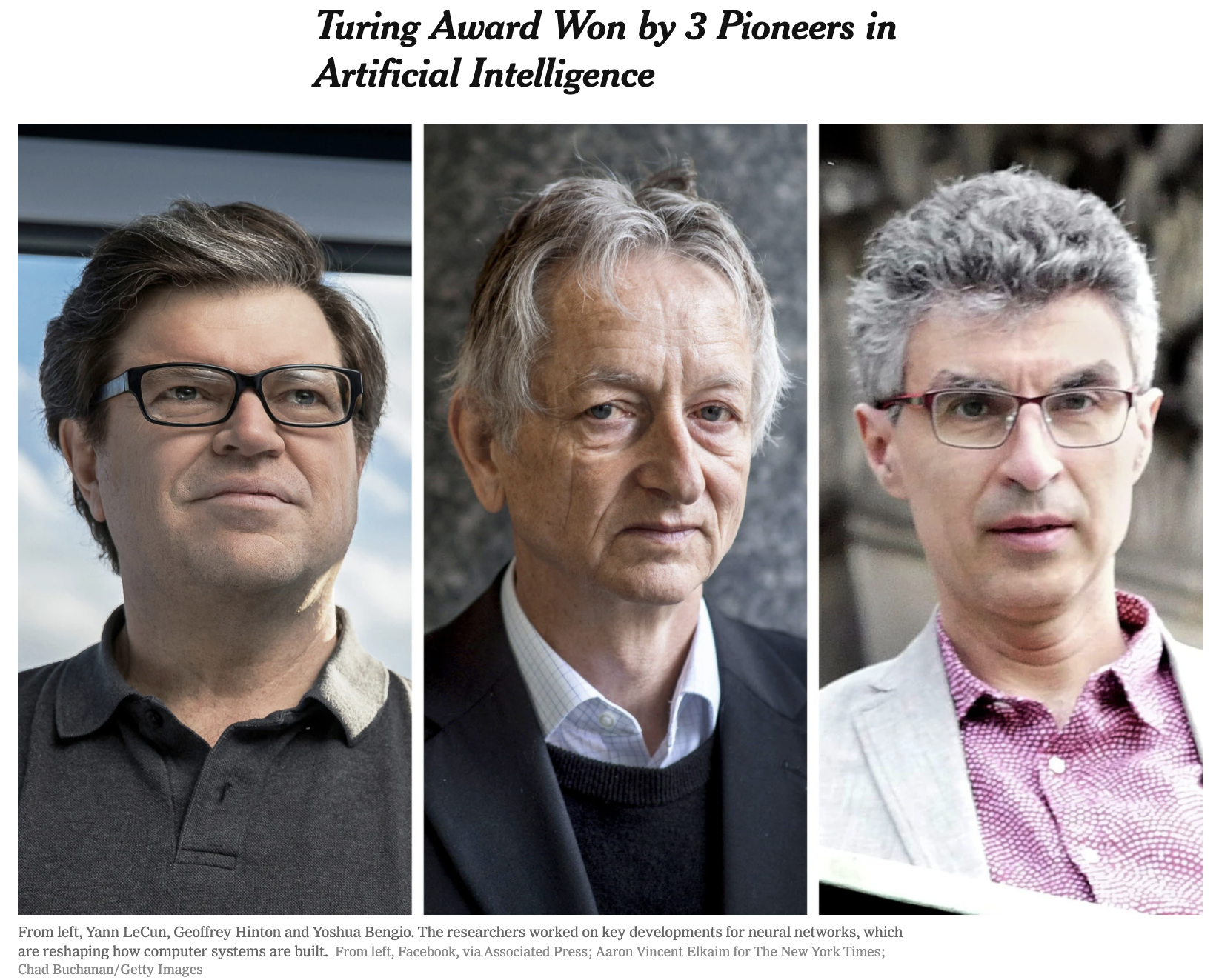
But why neural networks?
- Hypothesis: Most processing in the brain may be due to a single learning algorithm.
- Premise: Most of human intelligence may be due to a single learning algorithm.
- Conclusion: Build learning algorithms that mimic the brain.
But Why Neural Networks Now?
- Inspiration from the brain
- proof of concept that a neural architecture can see and hear!
- Very effective across a range of applications (vision, text, speech, medicine, robotics, etc.)
- Resources and efforts from large corporations.
- Tools and culture of collaborative and reproducible science.
- Powerful software frameworks (PyTorch, TensorFlow, etc.) let us quickly implement sophisticated algorithms.
- Emphasizes that the algorithms often involve hierarchies with many stages of processing.
But Why Neural Networks Now?
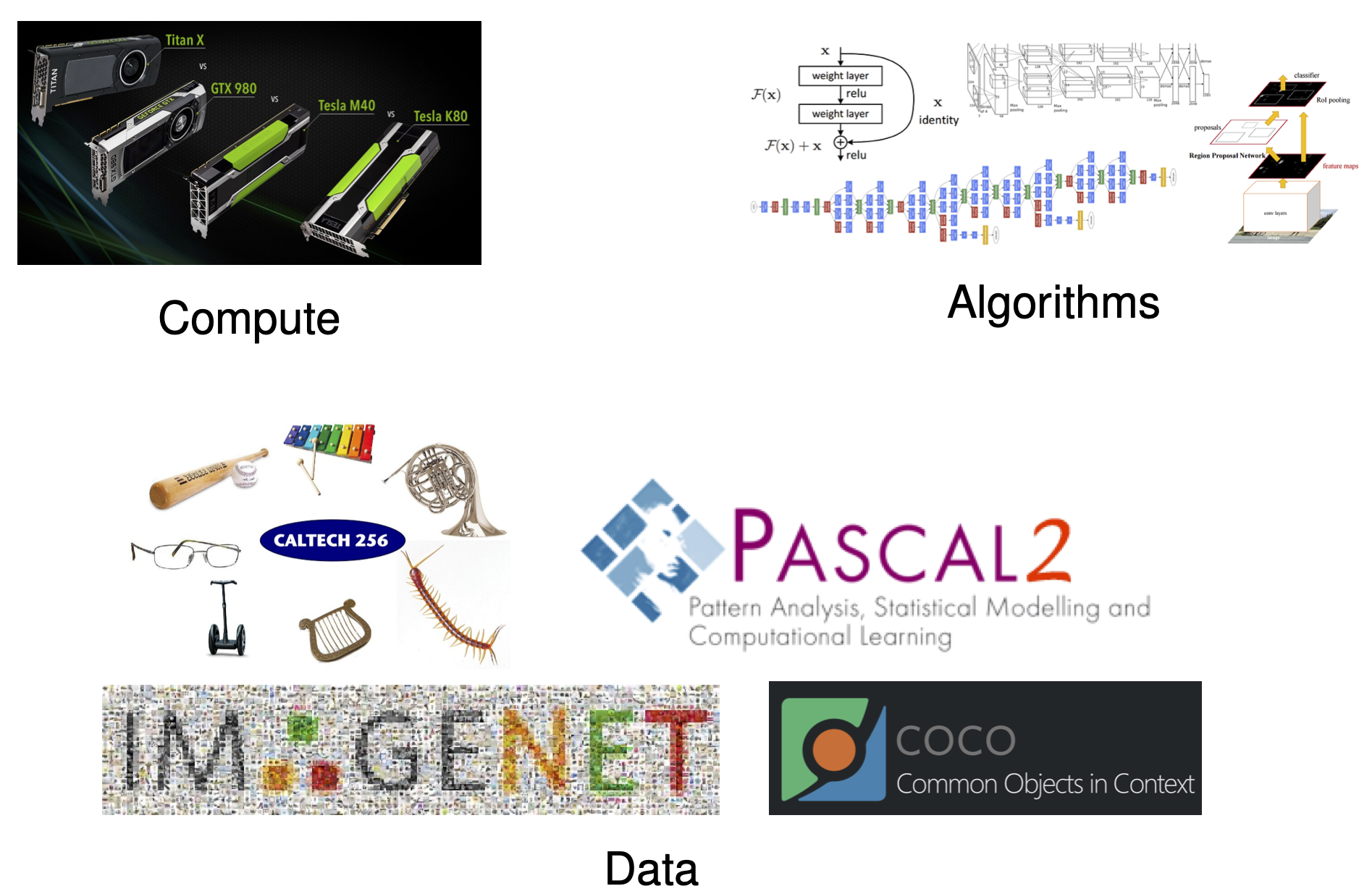
Deep Learning
Deep Learning: Where does it fit?
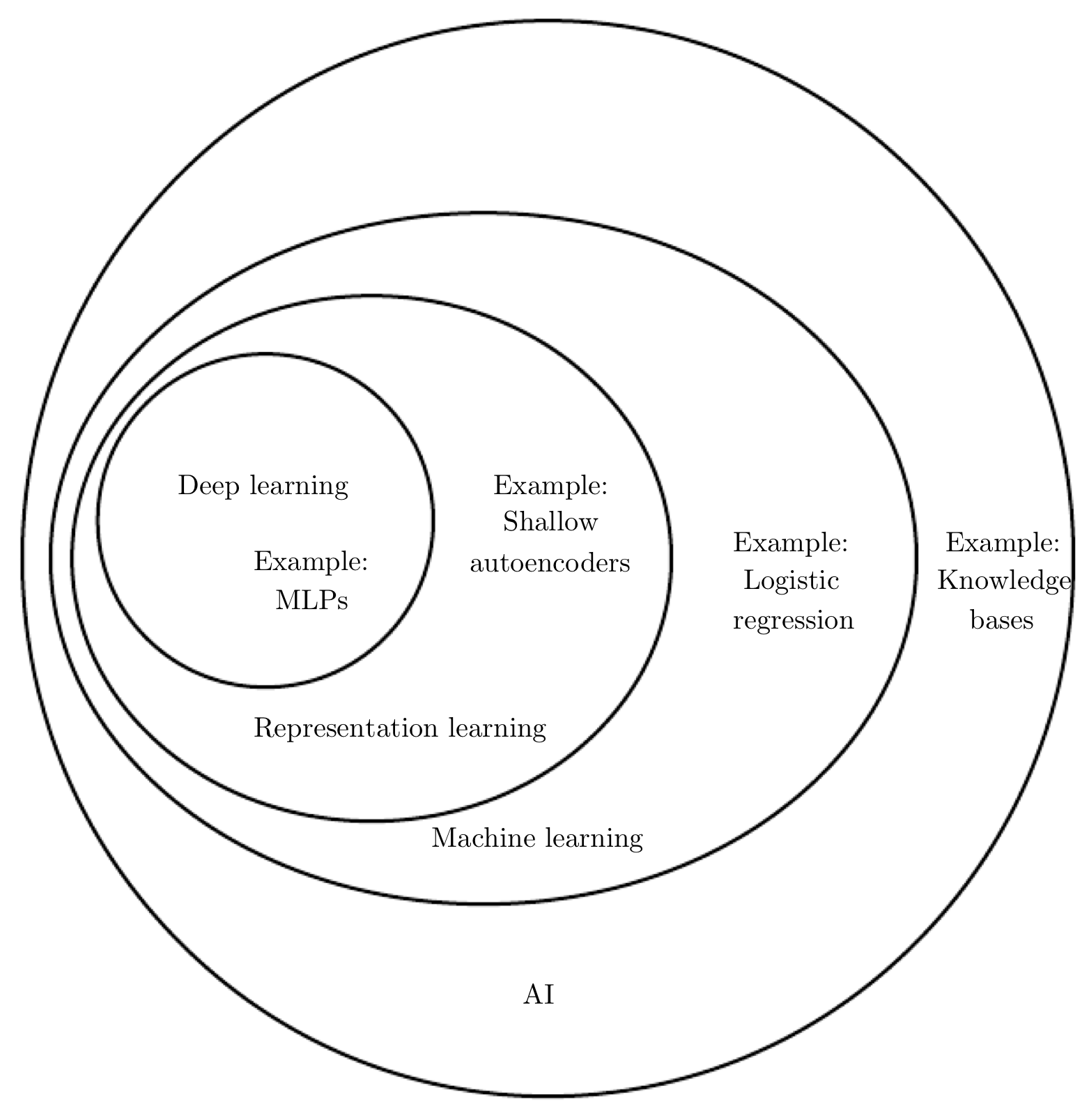
Deep Learning=Learning Representation/Features
- Traditional model of pattern recognition: fixed/hand-engineered features + trainable classifier
- End-to-End learning/feature learning/deep learning: trainable features + trainable classifier


Architectures for Pattern Recognition
- Classical architectures for pattern recognition: Speech Recognition
- Classical architectures for pattern recognition: Image Recognition


Deep Learning = Learning Hierarchical Representations
- Deep Architecture: more than one stage of non-linear feature extraction








Trainable Feature Hierarchies: End-to-End Learning
- A hierarchy of trainable feature transforms
- Each module transforms its input representation into a higher-level representation.
- High-level features are more global and more invariant
- Low-level features are shared among categories
- Deep Learning Goal: Make all modules trainable and get them to learn appropriate representations.

Deep Learning
- Deep Learning: many layers (stages) of processing.
- For e.g., this network recognizes objects in images,

- Each box consists of many neuron-like units.
Deep Learning
- You can visualize what a learned feature is responding to by finding an image that excites it. (We’ll see how to do this.)
- Higher layers in the network often learn higher-level, more interpretable representations

Distributed Representations
What is a representation?
- Your data representation determines what questions are easy to answer.
- A dictionary of word counts is good for questions like "What is the most common word in Hamlet?"
- It is not so good for semantic questions like "If Alice liked Harry Potter, will she like The Hunger Games?"
What is a representation?
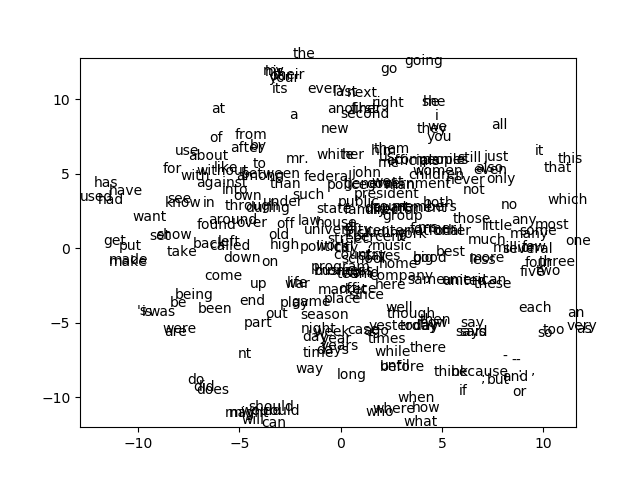
What is a representation?
- Mathematical relationships between vectors encode the semantic relationships between words
- Measure semantic similarity using dot products
- Represent a web page with the average of its word vectors
- Complete analogies by doing arithmetic on word vectors
- "Paris is to France, as London is to ________"
- Paris - France + London = ________
- Designing such representations by hand is hard, so we learn from data
- This is a big part of what neural nets do, whether it is supervised, unsupervised, or reinforcement learning!
Applications of Deep Learning
Supervised Learning Examples
- Supervised learning: have labeled examples of the correct behavior
- E.g., handwritten digit classification with the MNIST dataset
- Task: given an image of a handwritten digit, predict the digit class
- Input: the image
- Target: the digit class
- Data: 70,000 images of handwritten digits labeled by humans
- Training set: first 60,000 images, used to train the network
- Test set: last 10,000 images, not available during training, used to evaluate performance
- Neural nets already achieved $>$ 99% accuracy in the 1990s, but we still continue to learn a lot from it
Supervised Learning Examples

Supervised Learning Examples
- Object Recognition
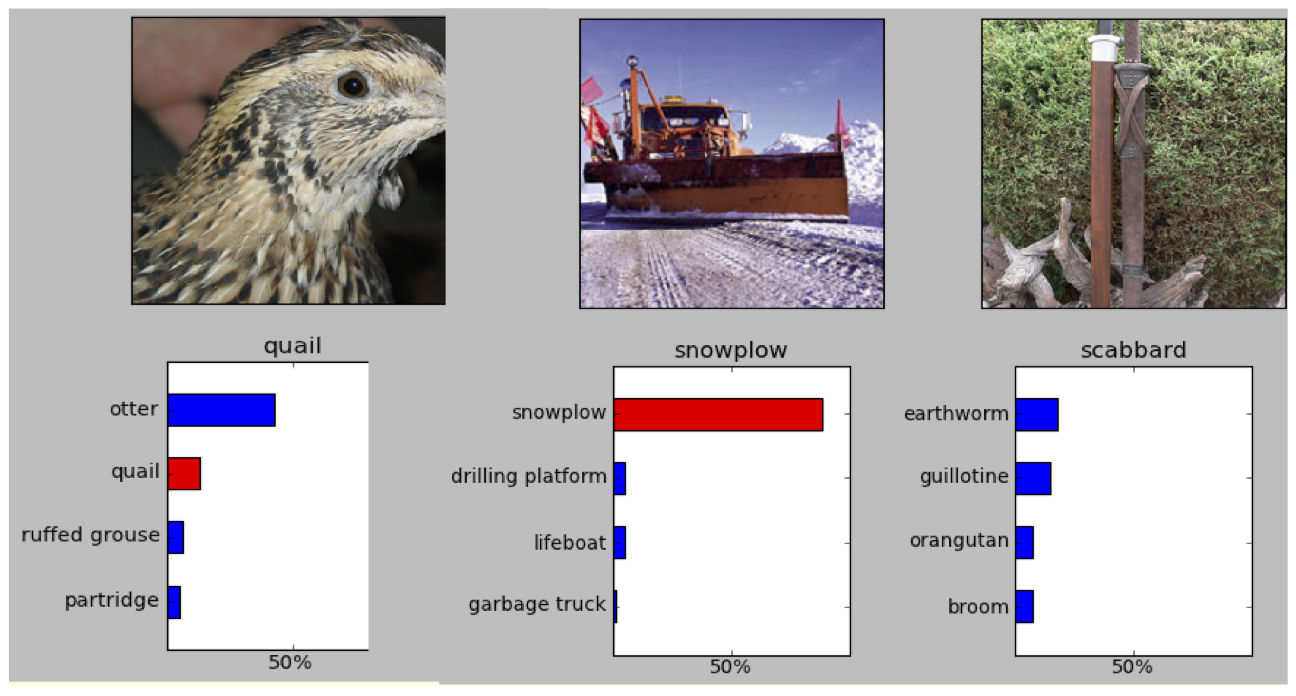
- ImageNet dataset: 1000 categories, millions of labeled images
- Lots of variability in viewpoint, lighting, etc.
- Error rate dropped from 26% to under 4% over just a few years!
Supervised Learning Examples
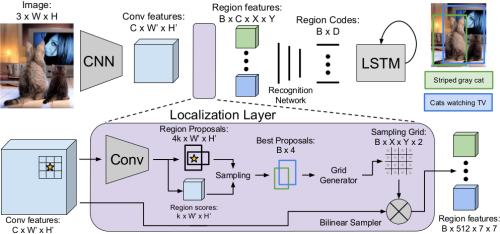
Supervised Learning Examples

Unsupervised Learning Examples
- In generative modeling, we want to learn a distribution over some dataset, such as natural images.
- We can evaluate a generative model by sampling from the model and seeing if it looks like the data.
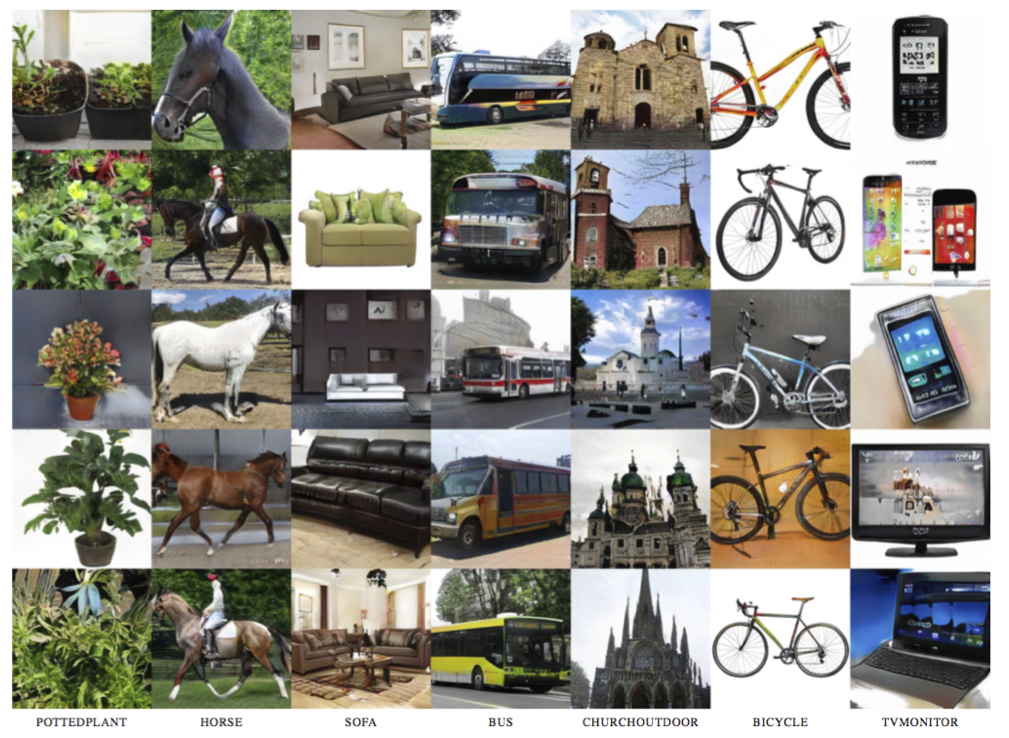
Unsupervised Learning Examples
- The progress of generative models:
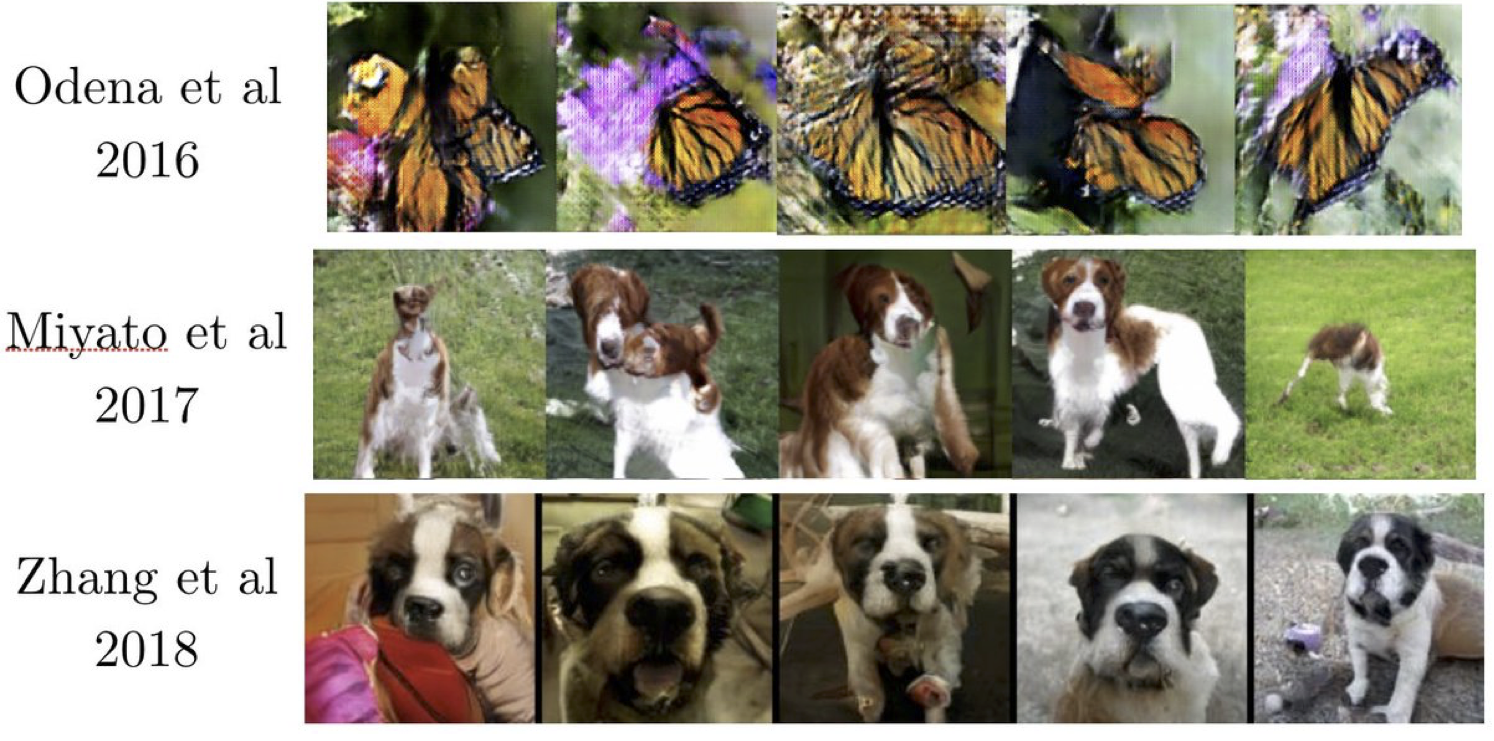
- Big GAN, Brock et al, 2019:

Unsupervised Learning Examples
- Generative models of text. The models like BERT, GPT-3 perform unsupervised learning by reconstructing the next words in a sentence. The GPT-3 models learns from 499 Billion Tokens and has 175 Billion parameters.

Unsupervised Learning Examples
- Recent exciting result: models are being developed to generate realistic images from text prompts.
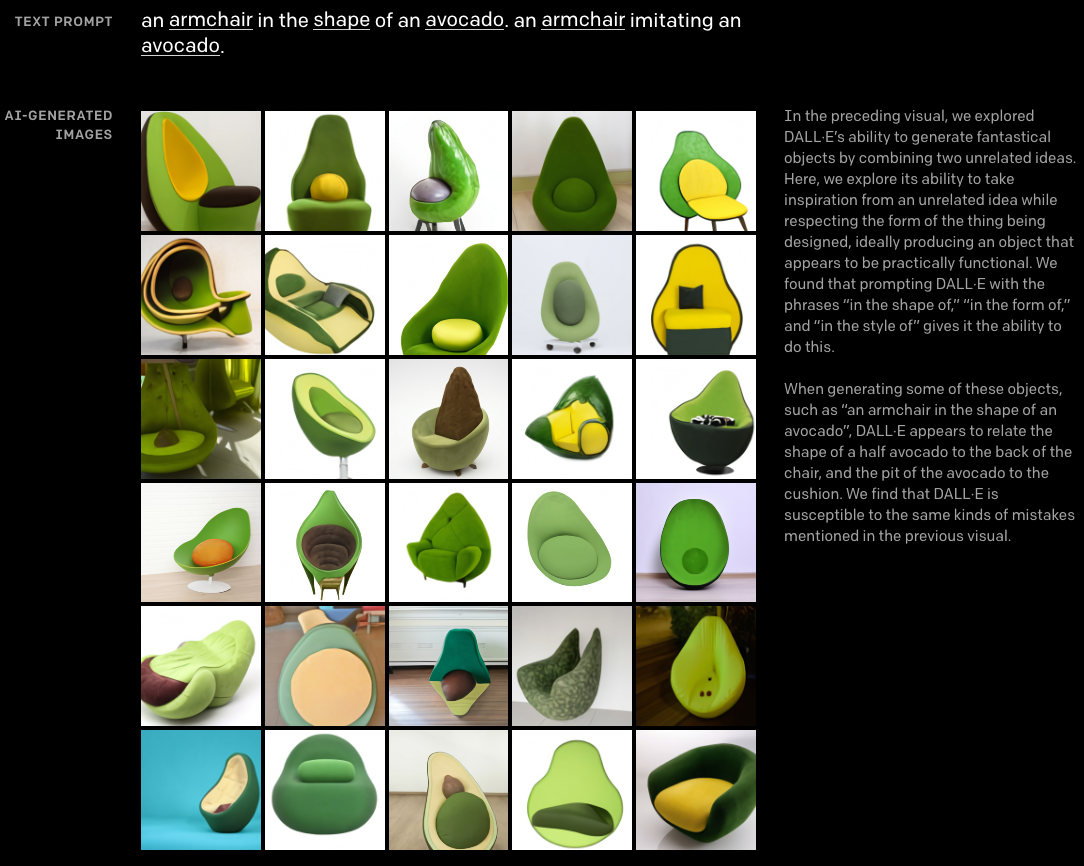
Unsupervised Learning Examples
- Recent exciting result: models are being developed to generate realistic images from text prompts.

Reinforcement Learning
- An agent interacts with an environment (e.g., game of Breakout)

- In each time step,
- The agent periodically receives a reward (e.g., points)
- agent receives observations (e.g., pixels) which give it information about the state (e.g., positions of ball and paddle)
- agent picks an action (e.g., keystrokes) that affects the state
- The agent wants to learn a policy, or mapping from observations to actions, which maximizes its average reward over time.
Reinforcement Learning
Reinforcement Learning for Control
Software and This Course
Software Frameworks
- Scientific computing (NumPy)
- vectorize computations (express them in terms of matrix/vector operations) to exploit hardware efficiency
- Neural network frameworks: PyTorch, TensorFlow, JAX, etc.
- automatic differentiation
- compiling computation graphs
- libraries of algorithms and network primitives
- support for graphics processing units (GPUs)
- For this course:
- PyTorch, a widely used neural net framework with a built-in automatic differentiation feature
Software Frameworks
- Why take this class, if PyTorch does so much for you?
- So you know what to do if something goes wrong !!
- Debugging learning algorithms requires sophisticated detective work, which requires understanding what goes on beneath the hood.
- That is why we derive things by hand in this class !!
Who is this course for?
- You should take the course if you want to:
- Understand the fundamental concepts behind deep neural networks.
- Deep dive into how deep neural networks are useful and can be adapted for machine learning.
- You should not take the course if:
- You do not have a background in probability, statistics or machine learning.
- Your goal is to use deep learning as a black-box toolkit.
- Your goal is to learn how to use deep learning packages like TensforFlow or PyTorch.
Enjoy the class and master as much as you can !!
Q & A
